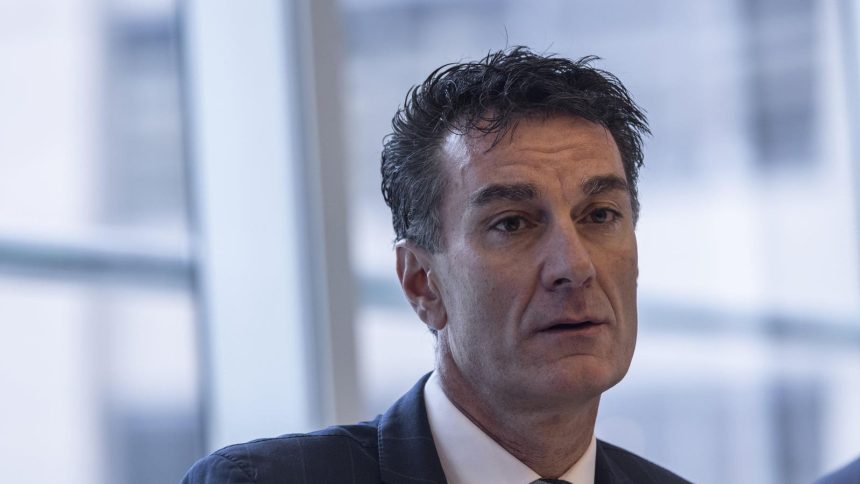In the current investment landscape, astute investors are always on the lookout for undervalued opportunities that can deliver long-term growth and diversification. Among the financial services sector, three insurance giants stand out as compelling investment prospects: Manulife Financial (NYSE:MFC), Prudential Financial, Inc. (NYSE:PRU), and MetLife (NYSE:MET). While each company has its unique strengths, Manulife and Prudential are particularly well-positioned to benefit from the current higher-for-longer interest rate environment, which should boost their margins as their invested assets turn over. Manulife emerges as the most undervalued and offers the greatest potential for long-term upside.
Manulife Financial is a conservatively managed financial services company with a robust core North American business and promising growth prospects, particularly in the Asian markets. The company’s year-over-year core earnings growth of 16.1% highlights its strong performance and ability to navigate challenging market conditions. Manulife’s 4.6% dividend yield is not only attractive but also well-covered, with a payout ratio of approximately 50%, indicating the sustainability of its dividend payments. Moreover, Manulife has consistently increased its dividend every year for the last 10 years, demonstrating its commitment to shareholder returns.
Prudential Financial, Inc. has a track record of delivering impressive total returns to its shareholders. With a dividend yield of 4.5% and a price-to-cash-flow ratio of 4.0 over the last 12 months, Prudential Financial remains an attractive option for investors seeking exposure to the insurance sector. The company’s year-over-year revenue growth of 1.1% showcases its stability and resilience in the face of market challenges.
MetLife, another prominent player in the insurance industry, offers a diverse range of products, including insurance, annuities, employee benefits, and asset management services for both individual and institutional clients. Despite a slight year-over-year revenue decline of 1.5%, MetLife’s strong market position and global presence contribute to its overall stability and growth prospects. The company’s dividend yield of 3.1% and price-to-cash-flow ratio of 3.5 over the last 12 months make it an appealing choice for income-seeking investors.
Investing in Manulife or Prudential provides investors with the unique opportunity to benefit from these companies’ extensive investments in alternative assets while owning very solid insurance businesses with consistent dividend yields. Manulife’s Investment Management group, in particular, has the potential to materially increase the value of the overall company. As the demand for private market investments continues to surge, Manulife is well-positioned to capitalize on this trend. For example, Manulife is one of the largest timberland managers in the world, showcasing its expertise in managing alternative assets. This ability to offer these investment opportunities to a broader investor base gives Manulife a competitive edge in the market.
Among the three companies, Manulife stands out as offering the best value and upside potential, with an expected share price appreciation of 20% over the next year. The company’s strong financial metrics, including its attractive dividend yield and low price-to-cash-flow ratio of 2.8 over the last 12 months, further underscore its investment appeal.
Manulife, Prudential, and MetLife represent attractive investment opportunities in the insurance sector. However, Manulife emerges as the clear winner, offering the most undervalued and compelling investment case. The company’s strong core business, conservative management, growing dividend, and exposure to private market investments through its Investment Management group make it a top choice for investors seeking both value and diversification. As the democratization of private markets continues to unfold, companies like Manulife and Prudential are poised to benefit from this shift in investment strategy, offering investors a unique opportunity to participate in the growth of alternative assets while owning solid insurance businesses with consistent dividend yields.
Read the full article here
















